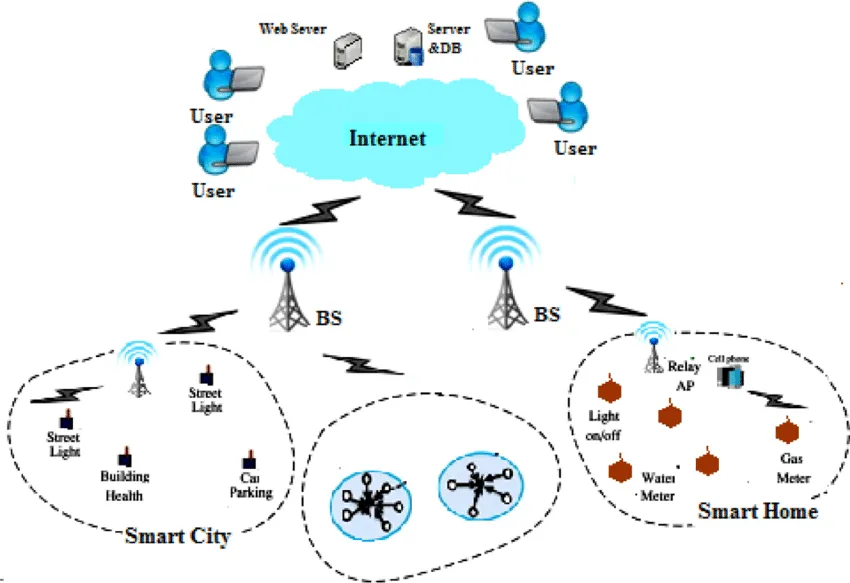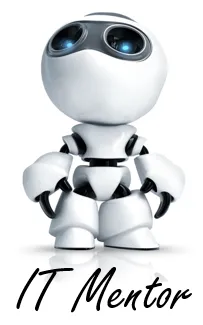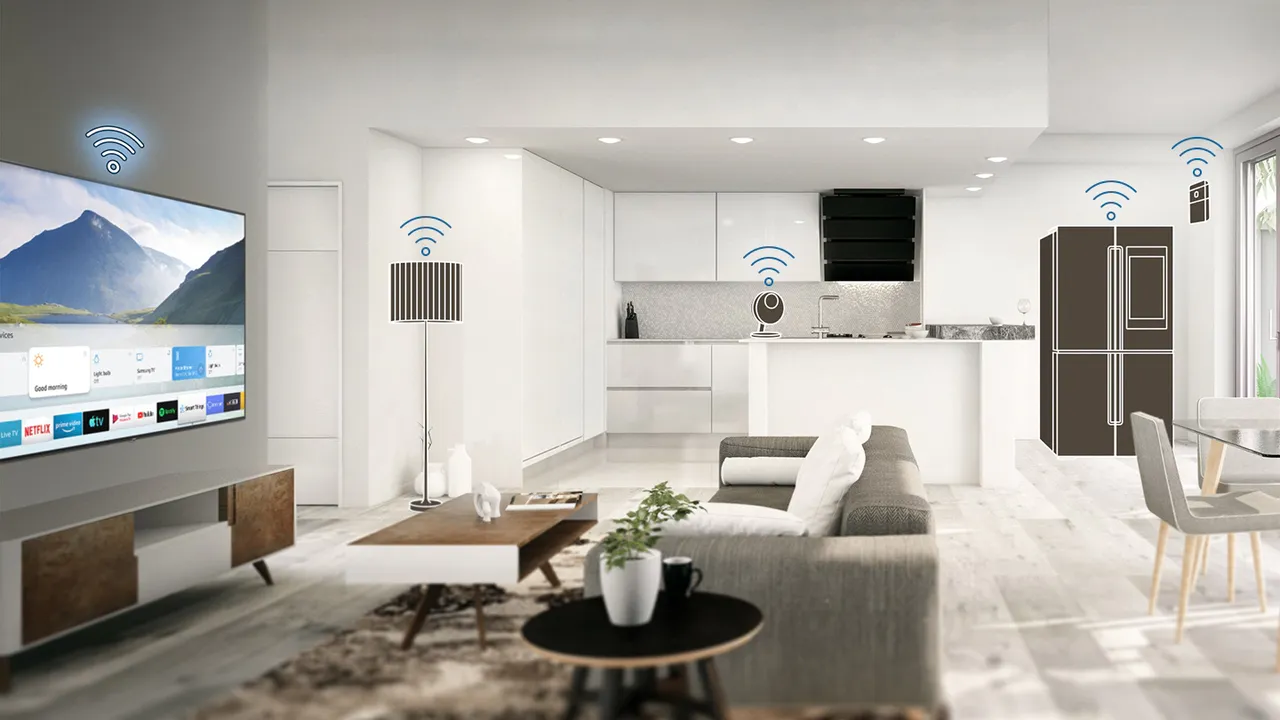The Internet of Things (IOT) is a network of interconnected computing devices. Each device (Thing) is allocated a Unique identifier making the specific device unique on the network. These devices transfer data over a network, but what makes this network unique, is that there is no human interaction required for the device to transmit the data.
A good example of an IOT device is a digital version of an old analog gas or electricity meter. In the good old days we had an analog meter installed at our residences. The municipalities employed humans to physically drive to our homes to manually write down the meter reading on the device. They then had to manually go though an extensive process of logging the meter reading in a computer program, generate invoices based on the meter reading and manually posting this to each household or business for payment.
Bring IOT devices into the equation and we do not need any human interaction in the process. The IOT devices are programmed to constantly send information back to a central point and computers can take care of an automated billing process.
Components needed to make IOT possible
In order to make IOT networks possible we need a few components:
IOT Devices
IOT devices consists of many components, but the most important is the ability to transmit and sometimes receive data back. It usually also have wireless sensors to interact with other devices. All devices has software which is used to program specific functionality into the device. A big issue to address in ITO devices are the power they consume if they are in remote areas. Battery life of these devices are usually a limiting factor, as the more active these devices are the more power they consume.
IOT Networks
Due to the constant transfer of data that is sent over IOT networks, these networks and devices must be designed to interact seamlessly. We always have a problem with networks when we sent too much data over the same network. We therefor either need to make the capacity of the networks larger, or alternatively we need to send less data at any given time over the network. Devices are therefor programmed to send and receive data on specified intervals, not only to limit the amount of data in order not to overload the network, but also to use less power during the course of its lifetime.

Image Credit
There are various types of networks that is used to build up the interconnected devices.
Low Power Wide Area Networks (LPWans)
LPWANS are the new great thing enabling the IOT networks. LPWANS provides long range communication using small inexpensive batteries which literally last for years. Sigfox and Lorawan are currently the two of the better known networks and are being used extensively around the globe, with thousands of connectivity points scattered around the world.
Cellular networks (3G\4G\5G)
Cellular networks are already well established globally and offer very reliable connectivity solutions. They are however very costly to maintain and an overkill for the use in IOT networks. These networks are more used to get data from Private Networks into the internet which takes the data back to operational centres where data is then processed.
5g networks have very low-latency and high speeds, which will enable a multitude of services, from autonomous vehicles to augmented reality.
Mesh networks (Zigbee)
Mesh networks are very interesting, as this is a low powered short range network, which can be extended by adding more and more devices into the network. They work on very specific protocols enabling them to extend the network, further and further and further by adding more devices into the network.
Zigbee is a well known protocol for mesh networks. Mesh networking devices typically do not broadcast further than approximately 100 meters, making it perfect for medium distance networks like Home Automation.
IOT Platforms or User Interfaces (UIs)
Now that we have interconnected devices and a way to transfer data over the IOT networks, we need a platform where we can control all these devices.

Image Credit - Samsung
There are two ways to look at IOT platforms.
The first is that IOT platforms is used by developers to build specific technology features and functionalities for their solutions.
The second way to look at an IOT platform or user interface is that this is the platform which end-users like ourselves use to interact with devices on the network. These IOT platforms can be built into things like Smart TV's, Mobile Apps for Tablets and Mobile phones, or it can be software on a computer or laptop.
On these platforms we can interact to switch devices on and off or even give instruction to Siri, Google assistant or Alexa.
I sincerely hope that this post might give those who are not as computer or IT literate as others a better understanding of what IOT is and what is needed to build this new wonderful world of interconnected devices.



